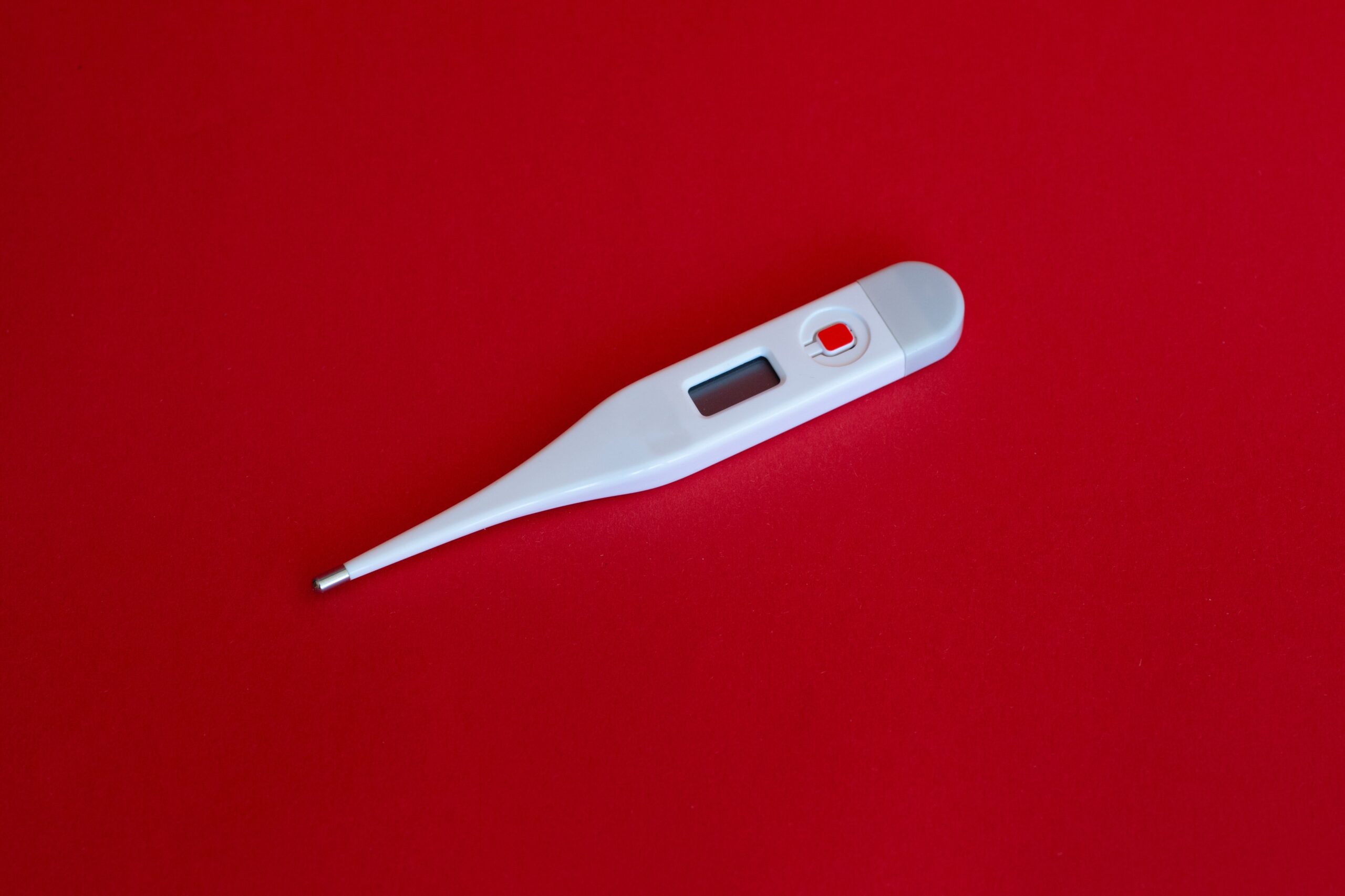Rheumatic fever is a serious inflammatory condition that can develop as a complication of untreated strep throat. It primarily affects children and adolescents, causing inflammation in various parts of the body, including the joints, heart, skin, and brain. Prompt treatment is essential to prevent long-term complications, and one medication commonly used in the management of rheumatic fever is Ospen.
Ospen, also known as penicillin V potassium, is an antibiotic that belongs to the penicillin group. It is effective against the bacteria responsible for strep throat, including the group A Streptococcus bacteria that can trigger rheumatic fever. When administered correctly, Ospen can help eradicate the bacteria and reduce the risk of further complications.
The primary goal of using Ospen in the treatment of rheumatic fever is to eliminate the bacteria causing the initial strep throat infection. By doing so, it helps prevent the immune system from launching an abnormal response that leads to the development of rheumatic fever. Ospen works by interfering with the bacteria’s ability to build their cell walls, ultimately causing their death.
The dosage and duration of Ospen treatment for rheumatic fever depend on various factors, including the severity of the infection, the patient’s age, and other individual considerations. Typically, Ospen is prescribed as an oral medication, and it is important to follow the prescribed dosage and complete the full course of treatment to ensure the bacteria are completely eradicated.
In addition to its role in treating the initial strep throat infection, Ospen is also used as a preventive measure to reduce the risk of recurrent rheumatic fever. This is particularly important for individuals who have previously had an episode of rheumatic fever, as they are at a higher risk of developing it again if they experience another strep throat infection.
It is important to note that Ospen is not effective in treating the symptoms of rheumatic fever itself. Once rheumatic fever has developed, treatment focuses on managing the inflammation and complications that arise. This may involve the use of anti-inflammatory medications, such as nonsteroidal anti-inflammatory drugs (NSAIDs), corticosteroids, or other medications to manage specific symptoms or complications.
Like any medication, Ospen may have potential side effects. Common side effects include gastrointestinal disturbances, such as nausea, vomiting, and diarrhea. Allergic reactions to penicillin can also occur, although they are relatively rare. It is important to inform the healthcare provider about any known allergies or previous adverse reactions to antibiotics before starting Ospen treatment.
In some cases, individuals may be allergic to penicillin or have a known sensitivity to it. In such situations, alternative antibiotics may be prescribed. It is crucial to communicate any concerns or allergies to the healthcare provider to ensure the appropriate medication is prescribed.
In conclusion, Ospen plays a vital role in the treatment and prevention of rheumatic fever. As an antibiotic, it targets the bacteria responsible for strep throat, which can trigger the development of rheumatic fever if left untreated. By following the prescribed dosage and completing the full course of treatment, Ospen can effectively eliminate the bacteria and reduce the risk of recurrent episodes. However, it is important to note that Ospen does not treat the symptoms of rheumatic fever itself, and additional medications may be required to manage the inflammation and complications associated with the condition. As with any medication, it is essential to discuss any concerns or allergies with a healthcare provider before starting Ospen treatment.
FIND FLASH MEDICAL INFO SEARCH HERE
اخبار النادي الأهلي المصري هنا




